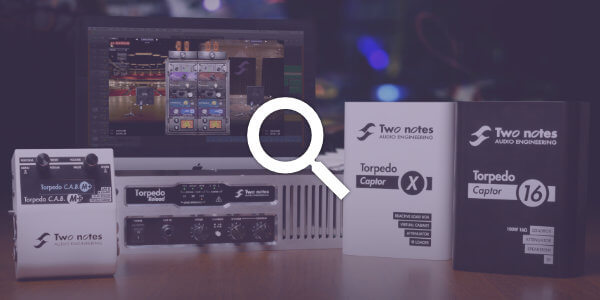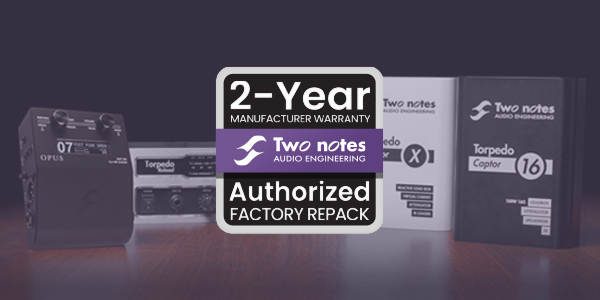Time to turn our attention to one of the most overused (**cough** Kirk Hammett) yet fun effects of all time, the Wah.
In my teenage years I was a rabid Iron Maiden fan, so I have always been a fan of the wah, as Dave Murray has used them, and my first recollection is the song “Prowler”, and I remember sitting forward in my seat and thinking “What the hell is that?”!
The wah pedal was designed to replicate the effect of Trombone or Trumpet players moving a bell mute in and out of the horn. The first one thought to have been created was by Bradley J. Pinkett at Warwick Electronics Inc. in November 1966. The wah as we know it today, was around the same time and was made for Horn instruments, and then modified for the electric guitar – It was named after Clyde McCoy, the American Jazz trumpet player who was famous for using his mute in this way – the first ones were released to the world in February 1967.
The wah pedal is one of the most simple effects out there. Within it is a potentiometer (pot) in it like the tone control of your guitar, but on steriods. The foot treadle (usually via a toothed mechanism) moves the pot backwards and forwards / up and down, allowing the player to go “hands free”. For ease of reading, I will concentrate on the most famous of them all, the humble Crybaby (Dunlop GCB95) that is loaded with a 100 Kohm Hot Potz pot).
The sweep of the crybaby goes between 350 Hz and 2.2 kHz – this is where the character of the wah is found, as the sweeps are widely different. For example, the Crybaby mini is 290Hz to 1.5hkHz, the Hendrix is 290 Hz to 1.5 kHz right up to Petrucci’s which is 100 Hz to 3.2 kHz. Bass ones tend to be around 180 Hz to 1.8 kHz.
The wah is one of the only specific effects that is widely used across various genre’s, but you will have probably heard it most in Rock and Funk (boompachicawahwah).
Red and Yellow Fasel inductors
There has been a lot of talk over the years about which is better, the red or yellow Fasel inductor… well, simply put (the inductor is what moves the cut off freq point). The red is the cleaner sounding one, and the yellow will give you that more gritty vintage sound. Some people have also taped a magnet to the inductor, claiming it makes a different more pleasing vintage sound… it’s one of those contentious subjects that has forum’s arguing endlessly.
More modern wah pedals offer a multitude of options, including (having an “on” LED!!!) the width of the Q and the frequency range.
Seeing ‘it’ in action
In the below video you will see a very basic wah I constructed in a DAW. Using a freebie backing track from YouTube, I have recorded the lead line from Joe Satriani’s track, the “Crush of Love”. The yellow line on the tracks is the automation moving the EQ curve you see in the plug-in (it doesn’t track very well visually, so try not to get distracted by it jumping around out of synch to what you are hearing). The EQ curve boost the frequencies from about 330 Hz to about 2.5 kHz, with a low Q. The best thing to watch is the automation sliders in the track information towards the left of each track. You can see it going up and down (each in perfect unison with its sibling) because I like the way the original sounds (granted, I played it more like Joe does live) with two tracks panned hard left and right, with a double effect set to 100% wet on the one below, so it sounds like the Twin Tracker from the Captor X. The low and high shelves you see are an attempt to make it more realistic as possible, but the reality is doing it this way removes much of the character of wah pedals, the inherent grit. This is not a soundalike, just a demonstration!
This was recorded with Helix Native (SLO100 model preamp) with the Torpedo Wall of Sound providing the power amps (EL34PP) and cabinets (Fastback25 and Pullback).
Please listen via headphones!
- Find your Torpedo
- Products
- GENOME
- Community
Share & Discover
- Info & Support
- Find a Dealer




